Fifteen-Minutes-of-Fame: Re-Imagining Beethoven
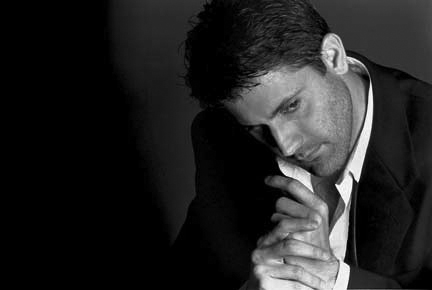
Stephen Porter
The theme of this call is “Re-Imagining Beethoven.” The 15 works interact in some way with the music or compositional spirit of Ludwig van Beethoven. It can include quotation or be a pastiche; the connection can be as direct or indirect as the composer desires.
Classical pianist Stephen Porter has appeared as a soloist in London, Paris, Sarajevo, Lake Como, Istanbul and Rio de Janeiro, among other cities. His recent New York recitals at SubCulture, the Fabbri Mansion and Symphony Space have been praised by the press, with New York Arts calling Mr. Porter's 24 Debussy Preludes "a powerful revelation...as if the voice of the composer were speaking to us." The Boston Musical Intelligencer calls his playing this season "simply spellbinding," and in the acclaimed new biography Beethoven: Anguish and Triumph, author Jan Swafford describes his performance of the Appassionata as "unforgettable." He has been an artist-resident of the Cité Internationale des Arts in Paris, the featured soloist of the Bosnia International Music Festival, and the guest on NPR's Diane Rehm Show in Washington, D.C.
Concert Dates
-
November 17, 2016 - Firehouse, Brooklyn, New York
15 one-minute selections Re-Imagining Beethoven for Stephen Porter

0,111
Alberto Alassio
Born in 1983 in Cuneo, I obtained my degree in piano and composition at Turin Conservatory and my degree in Musicology at University of Turin, I'm fond of different kind of music, from salsa to contemporary classical music and therefore I like to write and play with different styles.
This is a weird re-imagination of a famous Beethoven's sonata for piano. I don't think B. would like it. I used some of his music, combining it in a playfully way. His serious incipit is now become a repetitive bell that goes on for all the piece. I apologize Maestro!

HammerKlavierOlaLola
Aaron Alter
A native of Chicago, Aaron Alter received his Bachelor of Music degree from Northwestern University. He received his Master of Fine Arts Degree from Princeton University, where he studied with Milton Babbitt and Jim Randall. Aaron resides in Carlsbad, California and is the Chair of the Carlsbad Arts Commission.
HammerKlavierOlaLola has as its inspiration, the first movement of Beethoven's monumental Op.106 piano sonata, mixing in an early 1960s Rock and Roll flavor. Even though the work is only one minute long, I manage to squeeze in quotes from three themes and the coda.
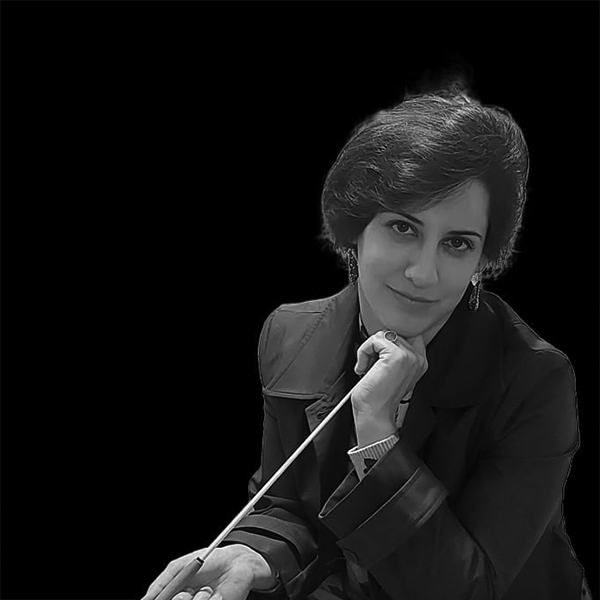
Stuck!
Bracha Bdil
Bracha Bdil has a Master's degree from the "Rubin Academy of Music" in Jerusalem led by the composer Prof. Andre Hajdu Bracha won first prize in a competition of composition in memory of Yardena Alotin, Bar-Ilan University (2016). Her
The Bagatelle "Stuck!" was written due to a sudden illumination of a single idea and explores the technical and musical possibilities of the instrument.
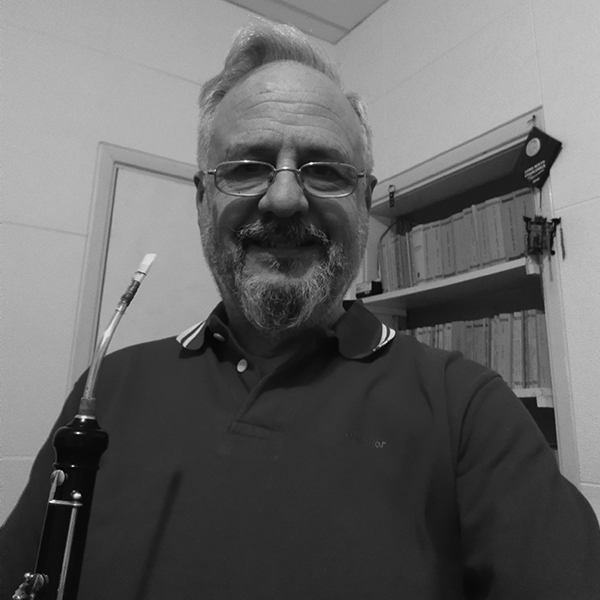
para Teresa
Daniel Cocchetti
Daniel Cocchetti was born in Argentina in 1956. He is graduated from the National Conservatory of Music in Buenos Aires and studied music composition with Horacio López de la Rosa. Many of his Works were awarded and premiered in country and abroad.
This work is based on the "For Therese" bagatella of Beethoven, which we know today as "For Elise" because of a misinterpretation of his handwriting. My piece is based on the beginning motif which is humorously inverted.

Beethovenden
Paul Dickinson
Paul Dickinson’s music has been performed throughout North and South America, Europe and Asia, and recorded on Capstone Records. Dickinson has received grants from the Fromm Music Foundation, Arkansas Arts Council, DAAD (German Academic Exchange Service), a BMI Award, and numerous commissions. He teaches at the University of Central Arkansas.
Nowhere are the power and beauty of Beethoven’s music expressed more intimately than in his 32 Piano Sonatas. And nowhere are they more clearly expressed than in the endings to those Sonatas. Beethovenden succinctly presents the final measures of each of these masterpieces in chronological order.

XXXII - Diabelli's Shadow
Alessandro Giannotti
Alessandro Giannotti, born in Milan 1968, studied piano (classical and jazz), composition with Nicola Straffelini and Stefano Gervasoni and conducting with Jorma Panula (Italy and Finland). Graduated in Conservatory of Riva del Garda (Italy), he’s active composer and pianist, with particular interest in improvisation.
The piece is directly inspired by Beethoven's XXXII Diabelli variation, characterized by its strong percussive rhythm. This rhythmic use of piano is maintained along with melodic/harmonic material derived from diminished scales. The final bars quote the very famous passage of Stravinsky’s The rite of Spring.

Etching #1 for piano
Peter Gilbert
Peter Gilbert (http://petergilbert.net) writes acoustic and electric concert music as well as music for stage, film and dance. He has held numerous residencies in Europe and the US and has taught at Harvard University, Wellesley College, the Cleveland Institute of Music, and now at the University of New Mexico.
“Akikaze ni” (Fujiwara no Akisuke) from the Ogura Hyakunin Isshu In the autumn wind Are lingering, hanging clouds In whose trailing rifts Comes shining through the moon's own Reflected light—clear and bright. Translation by Peter Gilbert and Lorie Brau.

Some Other Existence
S.R. Kisselbaugh
S.R. Kisselbaugh (b. 1985) is currently ABD in Music Composition and Theory with a secondary in Choral Conducting at Ball State University. She’s recently had works performed in Italy (2016) and Spain (2015), as well as at the SCI Region V Student Mixtape 2015 SCI 50th Anniversary National Conference.
One of my favorite works by Beethoven is his String Quartet No. 14, Op. 131, and No. 6 is my particular favorite of the work. It is simple and hauntingly beautiful. This piece uses the melody from No. 6 and re-imagines it, using only material found in that melody.

Never make fun of Beethoven!
Kamil Kosecki
Kamil Kosecki, polish composer 1984. He graduated from the F.Chopin University of Music In Warsaw. He received the Mayor of Kielce Prize, award of the Marshal Office of Kielce and the Scholarship of the Culture Ministry, 4th prize and Special Prize at the ‘Musica Sacra’competition, finalist
Never make fun of Beethoven! I'm serious.
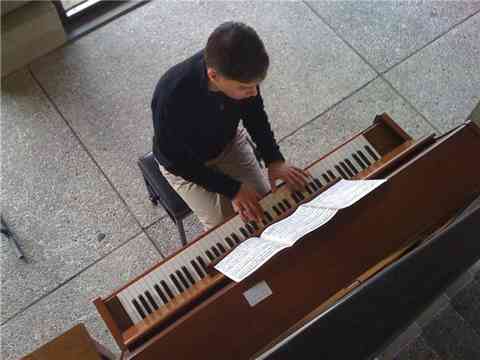
Ariel
Mathieu Daniel Polak
Mathieu Daniel Polak holds two Master Degrees in composition namely from the Lemmens Institute Leuven (2013) and from the Utrecht School of the Arts (2010). Mathieu studied piano with Alwin Bar and Ton Hartsuiker at the Conservatory of Utrecht. Moreover, Mathieu was educated at the Dutch Carillon School in Amersfoort.
The Beethoven sonata op. 31 no.2 is usually referred to as The Tempest. The third movement of this sonata was the inspiration to my one minute piece Ariel. Ariel is one of the main characters of William Shakespeare’s play The Tempest.

Adagio cantabile
Mateo Soto
Mateo Soto was born in 1972 in Spain. He studied composition with Manuel Seco de Arpe. He also express his gratitude to Salvador Brotons, Tomás Marco and Antón García Abril. He received several composition prizes and His works are published, played and recorded by renowned performers.
This piece takes all material from Beethoven's Op. 13. The principal theme from 2nd movement is used in the way of serial music. There are two quotations from original score.
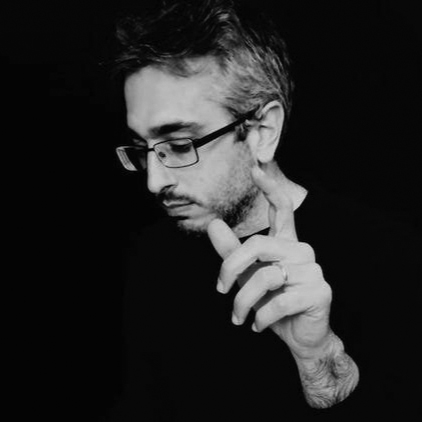
Painting IX: Ludwig
Aurelio Scotto
Aurelio Scotto (*1983, Italy). He won many international composition competitions. His eclectic and “not revolutionary, but solide and inventive” music (The Sunday Times - Malta) is played in Italy, Malta, Russia, USA, Switzerland, France, Macedonia, Puerto Rico, Brazil, Japan.
Piano Pill about Beethoven...
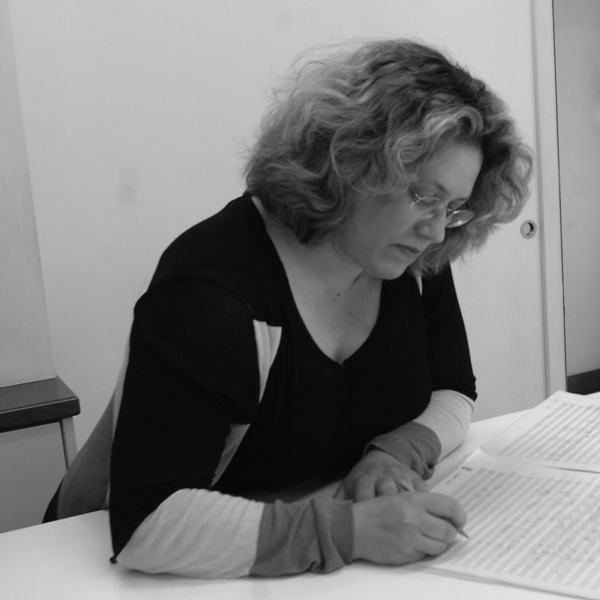
Bagatella
Anne-Marie Turcotte
Anne-Marie Turcotte was born in Milan and studied Piano, Composition, Choral music at the “G. Verdi” Conservatoire of Milan. She has been a prize winner in national and international composition competitions, and her music has been performed by such orchestras as Maggio Musicale Fiorentino and Milano Classica.
Most of the Beethoven Bagatellas, are composed following an improvisational stream in which pianistical figures are related to the classical style. In this piece improvisation is related to two different styles.
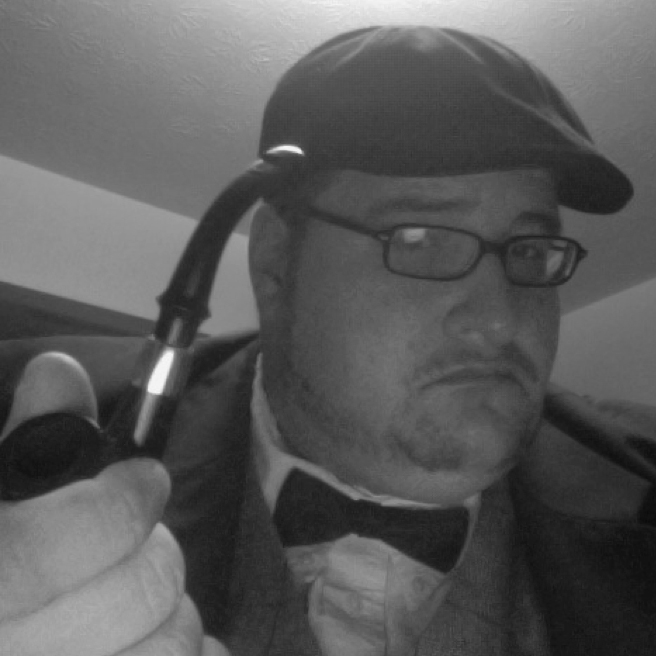
Pathetique, Tongue-in-Cheek
David Nelson Tomasacci
David Nelson Tomasacci is a composer-theorist in Columbus, OH. His teachers were William Duckworth, Donald Harris and Thomas Wells. He has taught at OSU, Columbus State Community College, Capital University, and Kenyon College. Tomasacci earned his Ph.D. in Music Theory from OSU, where he studied with David Clampitt. V-I.
Re-imagining Beethoven’s music somehow resulted in me wondering “What if, instead of late 18th century Vienna, Beethoven wrote the Pathetique sonata in early 20th century America?” Jazz...ragtime...gospel; Pathetique, Tongue-in-Cheek was born.

Ostinato
Peter Walton
Peter Walton is retired and lives in Birmingham, England. Peter studied composition with Robert Saxton at the Guildhall School of Music and with Jonathan Harvey at Sussex University, where he gained a MA in Music.
The ostinato theme is made up of the notes G Ab B C This particular 'motif' appears in many guises (transposed, reordered etc) in the late works of Beethoven.